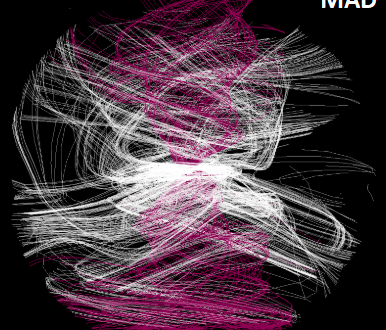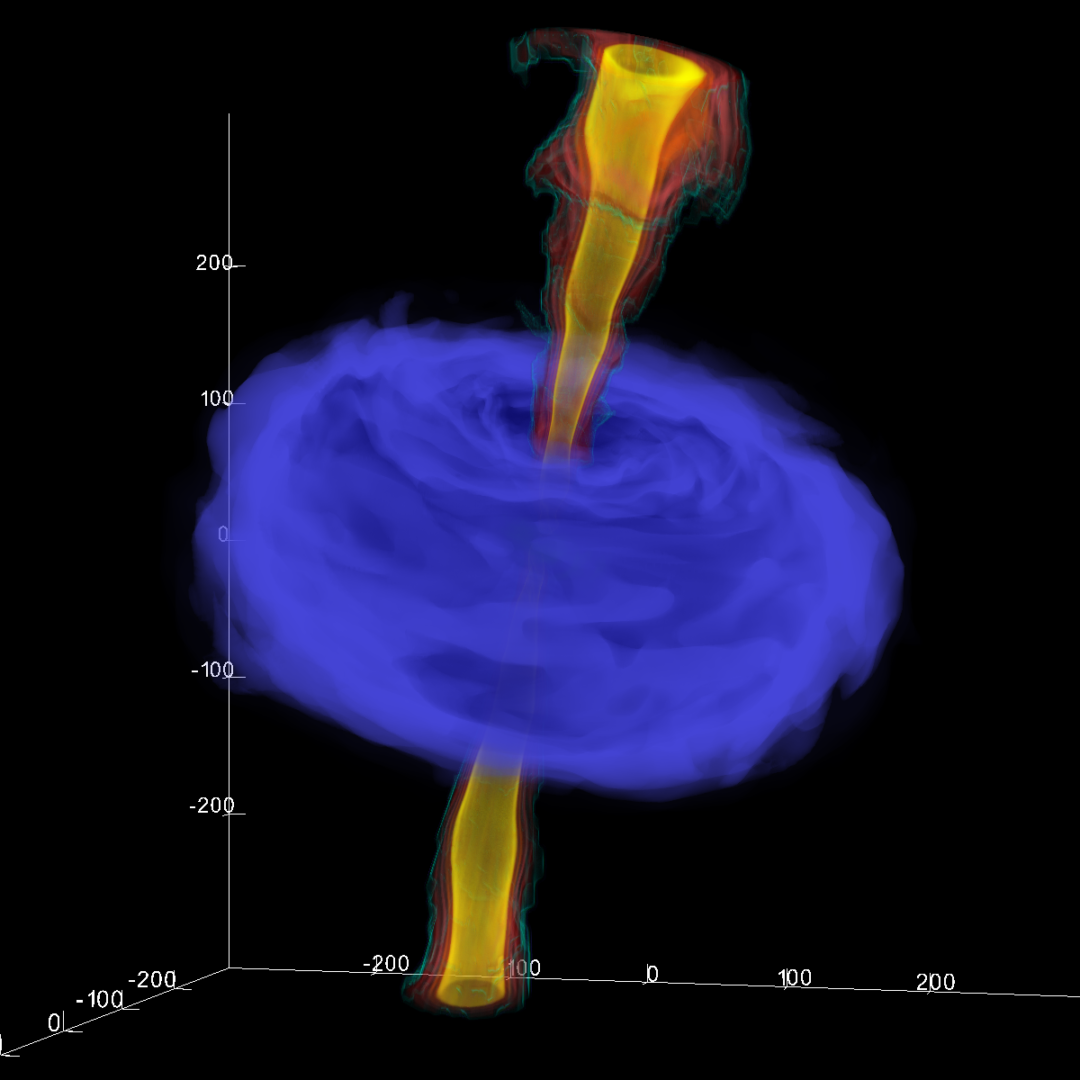Something slightly different today.
Recently I posted about some work I was involved with where we discovered a candidate X-ray binary in the galaxy M83. However, that work came out of a much larger project completely unrelated to X-ray binaries.
For the past few years, I have been working with a number of collaborators all over the world (Rick White, Knox Long, Bill Blair, Roberto Soria, and Frank Winkler) to observe, map, and create a deep new radio catalogue of the face-on spiral galaxy M83. This work has just been accepted for publication in MNRAS, so expect to see it in full very soon.

Image Credit: Subaru Telescope (NAOJ), Hubble Space Telescope,
European Southern Observatory – Processing & Copyright: Robert Gendler
Using radio observations with the Australia Telescope Compact Array (ATCA), as well as images from the Hubble Space Telescope (HST), Magellan, and the Chandra X-ray observatory, we have created the most sensitive radio catalogue of M83 to-date.
Our radio survey detected 270 radio sources and attempted to categorise each of them. The majority of sources are associated with H II regions or supernova remnants, but (as discussed in a previous blog) we do detect a candidate extragalactic X-ray binary, and a number of radio sources associated with more-recently exploded supernovae (less than ~100 years).
This was a really fun (and long) project. As someone that generally deals with unresolved Galactic sources (accreting compact objects), working on the radio images for M83 was amazing. Being able to make out the galaxy and its structure was really cool!

These types of studies are important: supernova remnants arise from the interaction of matter ejected by a supernova explosion with the surrounding circumstellar (CSM) and interstellar medium (ISM). The primary shock from a supernova remnant is generally observed at radio and X-ray wavelengths, while secondary shocks traversing denser knots of the ISM produce ultraviolet, optical, and infrared line emission. Studies like this can reveal supernova remnant populations and locations, and (importantly) the physics that produce them.

On top of that, exploring the behaviour of supernovae not long after they explode can provide information on the circumstellar mass-loss rate for the progenitors, which provides critical information on what is going on in the late stages of stellar evolution.
This paper will be out on ArXiv sometime in the very near future, so keep your eyes open!




